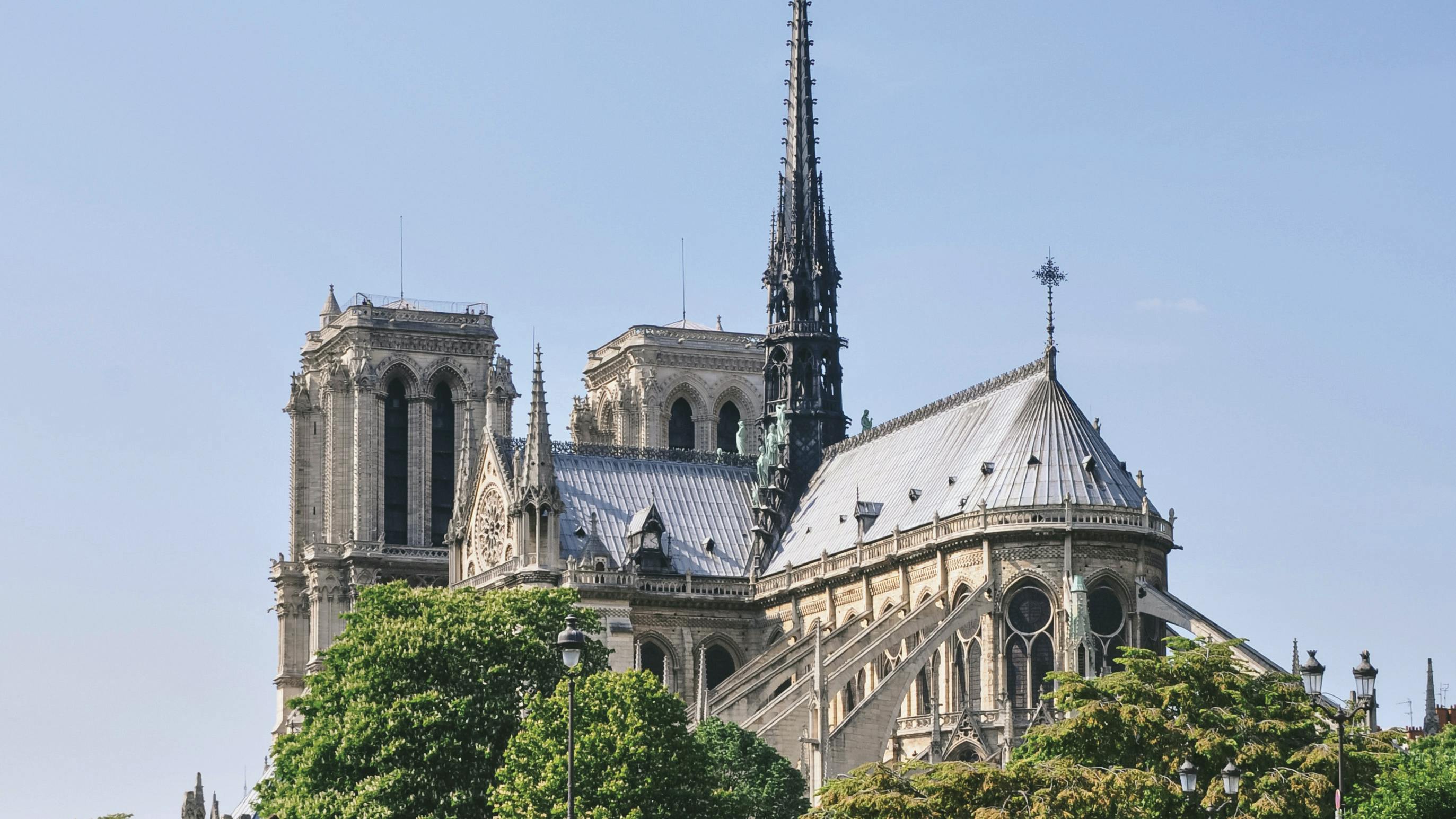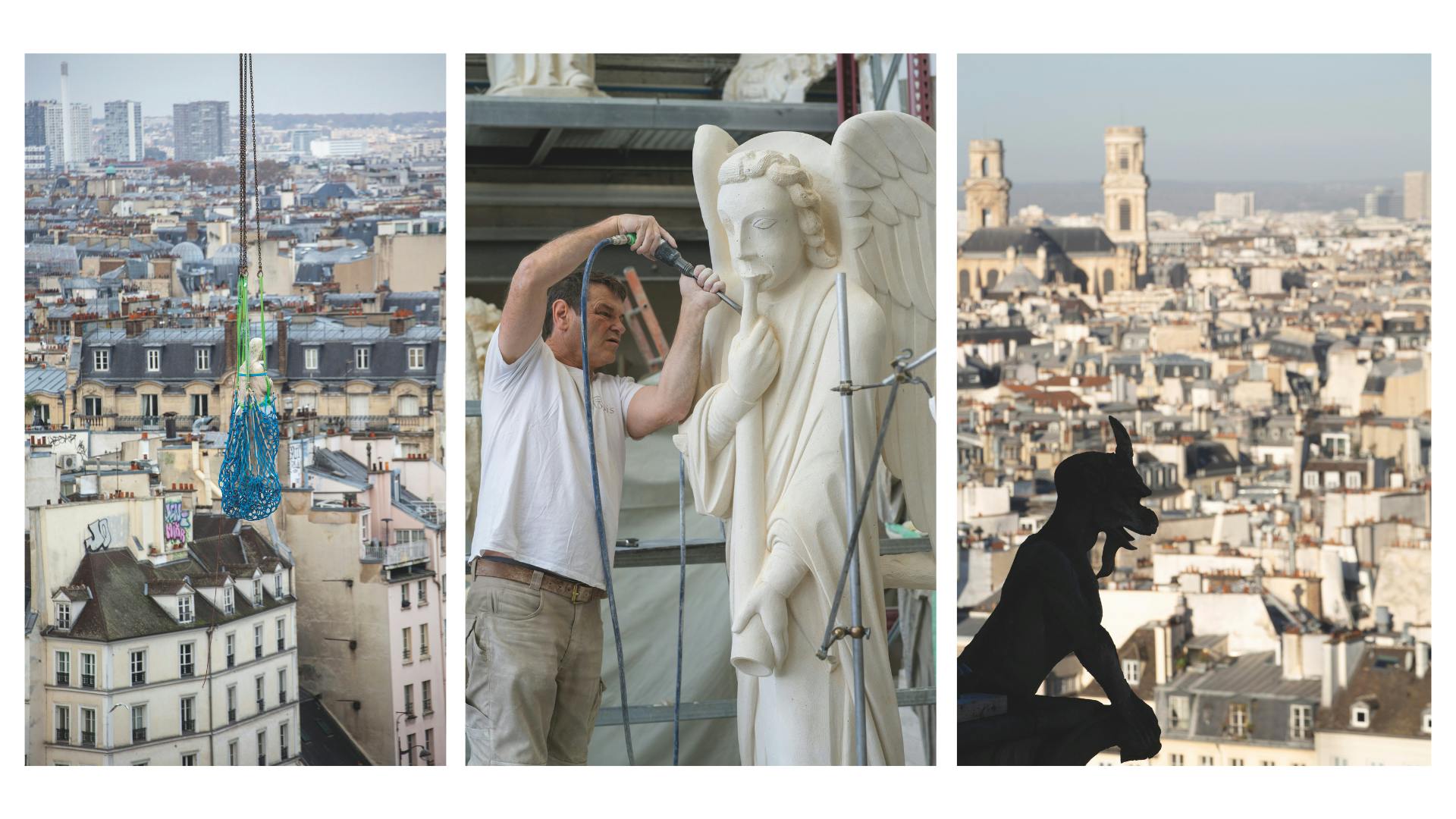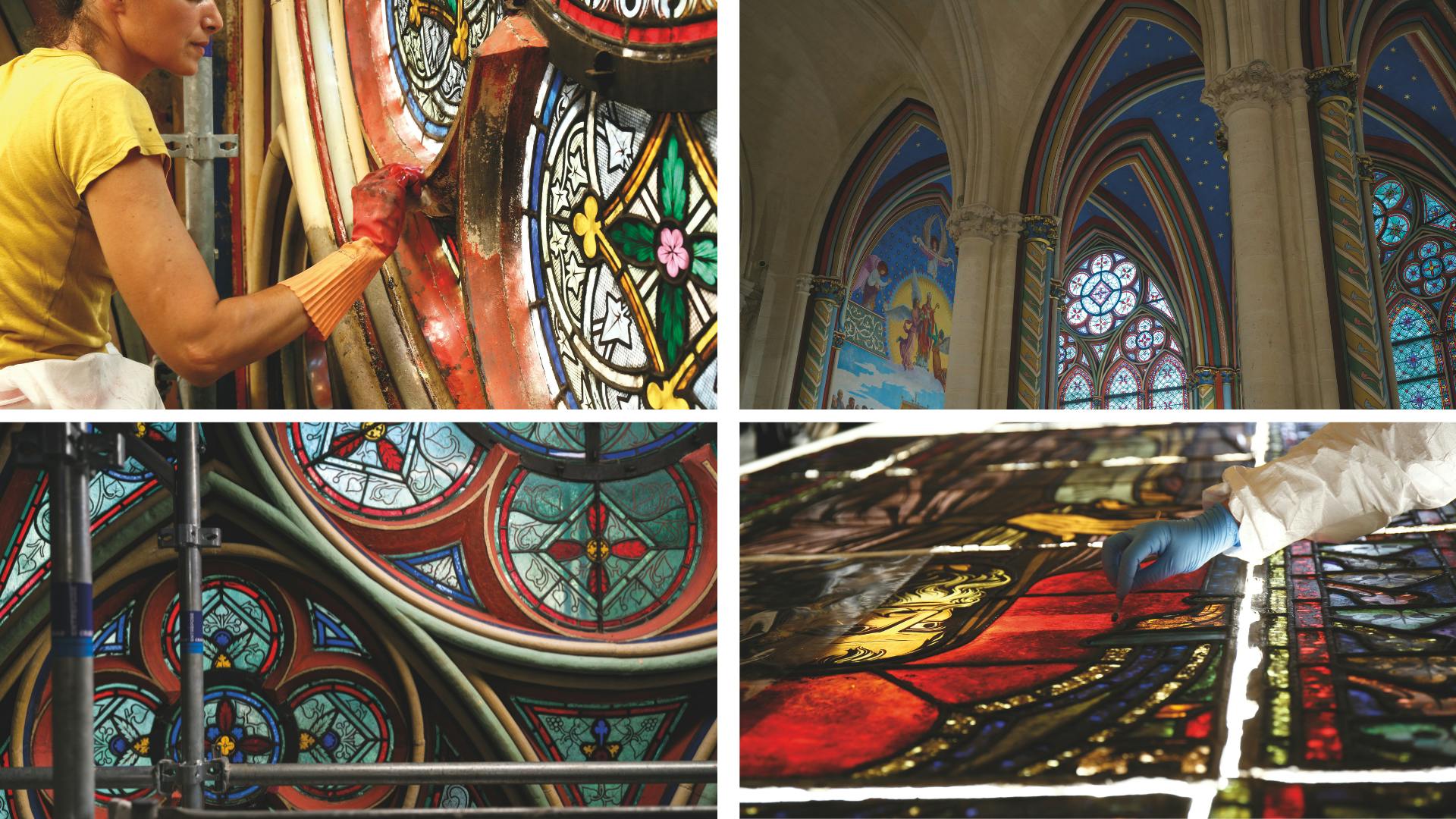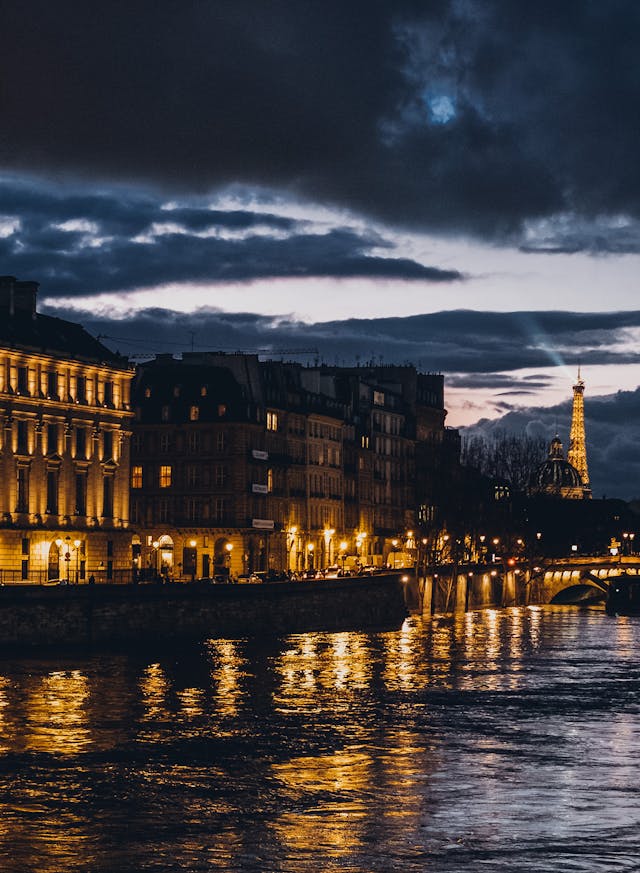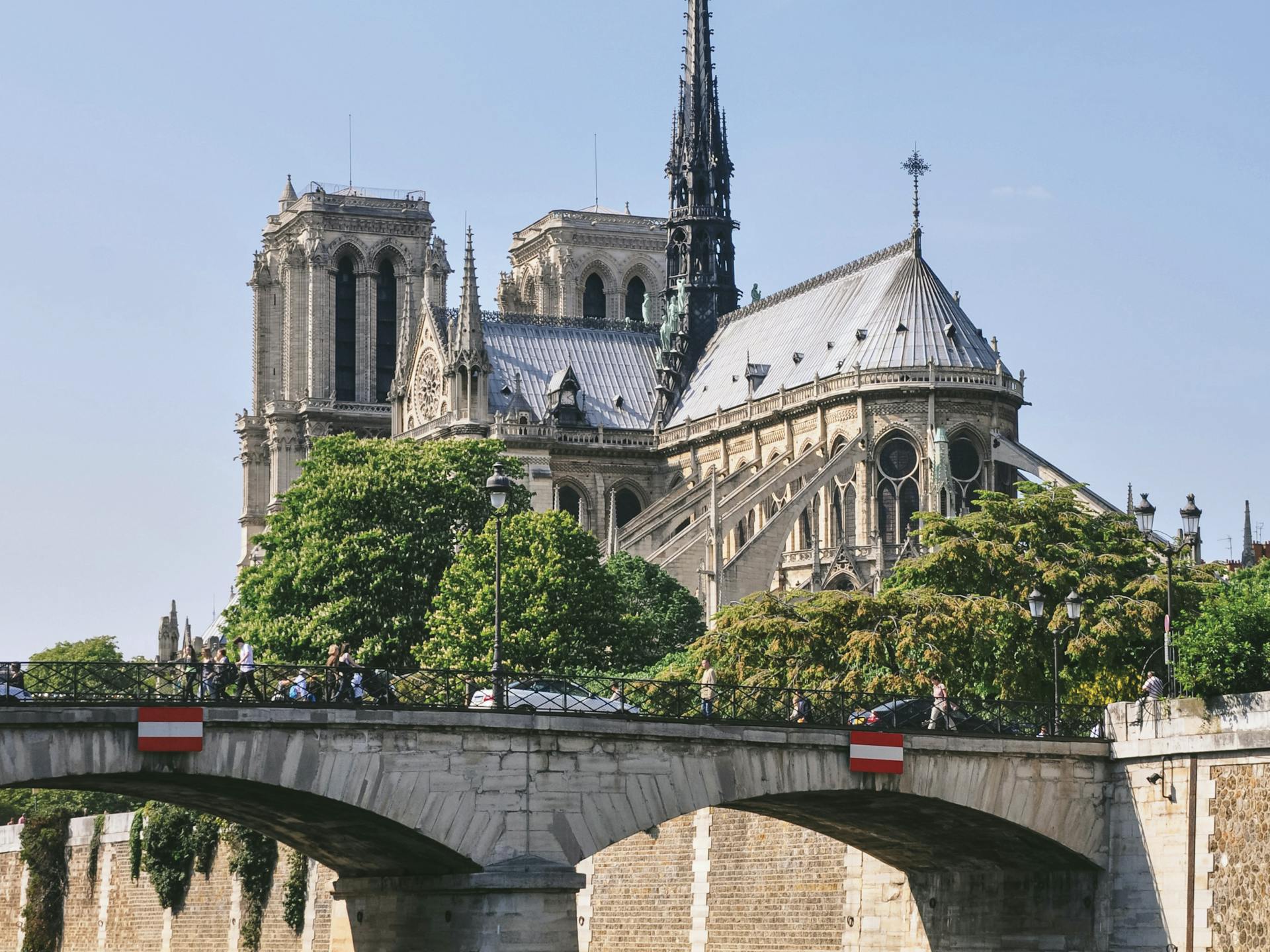
Heritage
Notre-Dame de Paris : A Moment(um) of Grace
From the coronation of Napoleon I to the Liberation of Paris, Notre-Dame has stood witness to some of the most powerful chapters in French history. On 15 April 2019, the cathedral once again took centre stage — tragically — reminding the world what it truly means to be a monument: a vessel of unity, emotion, and memory. Today, a new chapter is being written, as the spirit of national solidarity that guided the rebuilding efforts has made it possible to meet the ambitious goal of reopening to the public on 8 December 2024 — just five years after the fire. And now? It’s time for the next chapters to unfold.
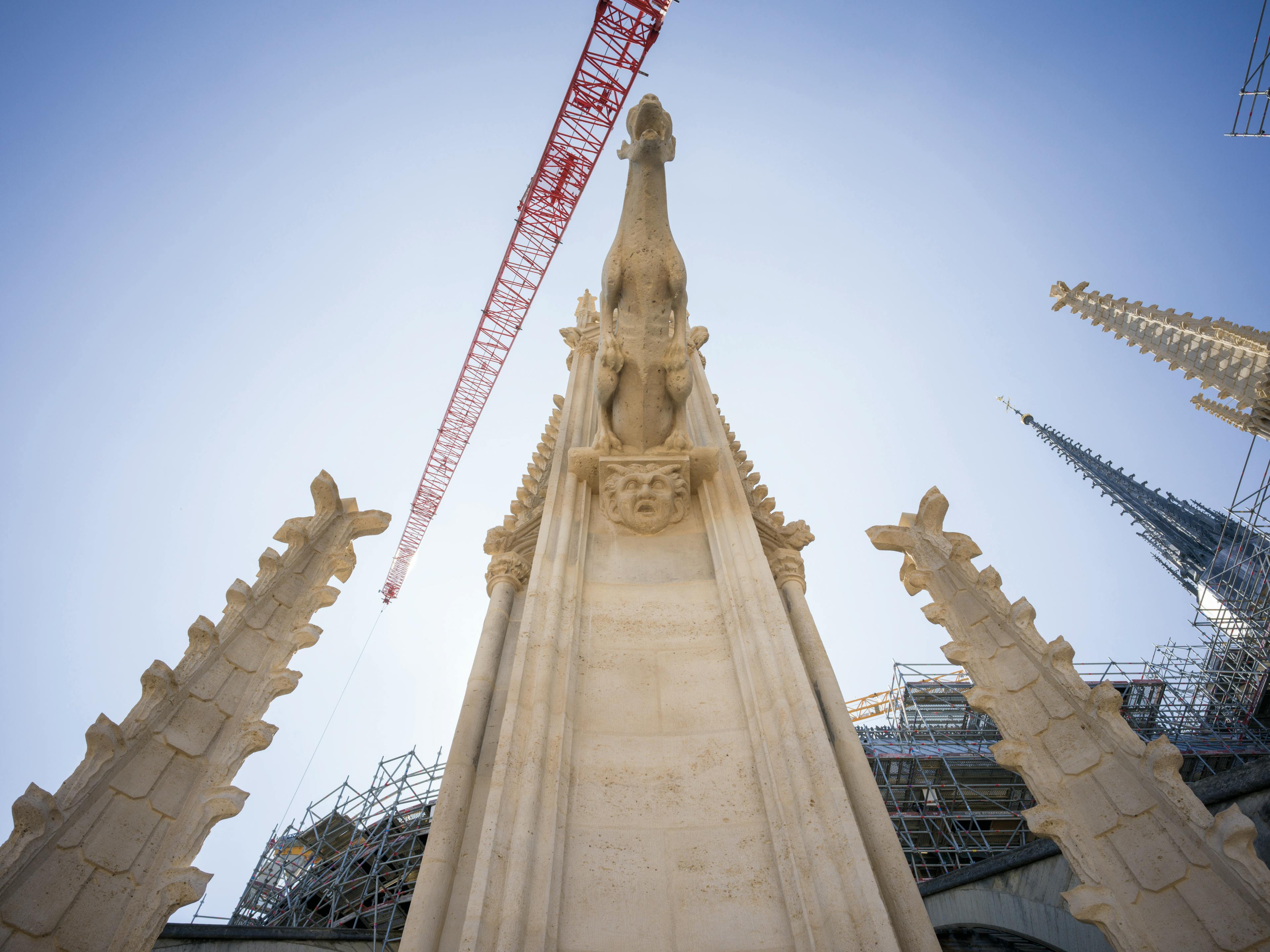
Rarely has a construction site lived up to the word “monumental” so completely. The figures speak for themselves — not for effect, but because they are genuinely striking. They first bear witness to the challenge of the tight timeline and the sense of urgency handled without haste. Five years: the target set by President Emmanuel Macron on 16 April 2019 — “a clear course, and a powerful driver of collective mobilisation,” according to Philippe Jost. Jost worked alongside General Jean-Louis Georgelin from the outset and succeeded him as head of the public agency Rebâtir Notre-Dame de Paris following the general’s passing. This structure, created ad hoc, was tasked with overseeing the restoration, managing public donations, and awarding study and construction contracts. Other numbers speak just as clearly: €845 million raised from 340,000 donors across 150 countries — a testament to Notre-Dame’s unique place in the collective imagination, well beyond its religious function.
After an initial phase of securing and stabilising the building, the restoration work officially began in 2021. More striking figures: 1,500 — the number of timber pieces needed to reconstruct the cathedral’s iconic spire to its original form. Some 20 kilometres of centuryold oak beams were shaped by hand, using medieval techniques, to rebuild the wooden framework aptly known as “la forêt” — the forest. “Another major challenge,” adds Philippe Jost “was sealing the crossing vault at the transept — a crucial step on the path to reopening, which required the millimetre-precise cutting of 7,000 stones by stonemasons.”
©David Bordes
These are feats not only of engineering and scheduling, but of human commitment — which Jost considers the single most important factor in delivering on the President’s promise. “For the past five years,” he notes, “Notre-Dame has been a shining showcase for the diversity and excellence of heritage trades and structural craftsmanship. Nearly 250 companies and artisanal workshops have contributed to the restoration, with around 150 work packages awarded. As many as 700 craftspeople, master artisans, and site supervisors were working simultaneously inside the cathedral at any given time — and more than 2,000 people in total, if you include the work carried out in workshops across France since the fire.”It has also become a laboratory of collective intelligence, bringing together firms and workshops that are normally competitors. A grand ballet of skilled gestures and historic expertise, offering the public a glimpse into the world of organ builders, stained-glass artists, gilders, carpenters, bellmakers...
It sought not only to repair the fire damage, but also to restore features time had long worn down. Although untouched by the flames, 1,000 square metres of 19th-century stained glass have been restored, as well as the vast choir carpet and the painted decoration of the chapels
Work has also resumed on the apse, at the easternmost end of the cathedral — an area spared by the fire, whose restoration was already planned beforehand and is now set to continue through 2028. This marks the third phase of the overall project. “Further tasks remain,” Jost explains: “the sacristy, with its badly damaged roof and sculpted decorations, the presbytery, the façades of the transepts, and the three great rose windows. For the latter, diagnostics are ongoing: tracery needs strengthening, stained glass must be doubled — as is done at the Sainte-Chapelle. These operations could extend the works until 2030.”To support this, a new fundraising and sponsorship campaign is planned to top up the €845 million already collected, of which €140 million remains available. One thing is certain: the spirit of Notre-Dame is far from finished.
©David Bordes
Article from the Magazine Esprit de France.
Cover - © Margaret Jaszowska
Published on 11/09/2025
